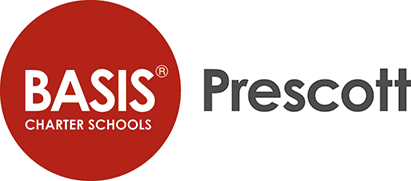WEEK 3: Hollow Hips
Hello all! Thanks for checking in on my Week 3 blog post :D.
S0me exciting, unexpected events happened this week! Ms. Bradford let me borrow a couple of books about the skeletal system and here are my extremely simplified, newfound takeaways from Hole’s Human Anatomy and Physiology:
- Osteoblasts vs Osteoclasts (resorption and deposition)
- When the bloodstream is low on Calcium. the parathyroid hormone senses the lack of Calcium and releases osteoclasts to break down bone tissue. As a result, it releases Calcium salts from the extracellular matrix into the bloodstream. In return, the Calcium level in the bloodstream returns to normal.
- When the bloodstream has a high abundance of Calcium, the thyroid hormone senses the increase of Calcium and releases calcitonin and osteoblasts forming bone tissue from the Calcium in the bloodstream. It then stores the excess Calcium in the extracellular matrix.
It is important to maintain normal levels of Ca ions in the bloodstream to allow the Nervous System to transmit messages, muscles to contract, and blood to clot.
- Ossifications (aka bone formation)
- The human body starts to form parts of the skeletal system from the first few weeks of prenatal up until your 20s.
- The bone tissue replaces the cartilage starting at the Primary Ossification Center (right in the middle) and moves towards the ends of the long bone, osteoblasts compact the bone surrounding the Primary Ossification Center.
- Later, the Secondary Ossification Center appears in the Epiphyses (located at the ends of the long bone) and forms at all directions until Ossification Diaphysis (where the good old primary ossification center is) meets Epiphyses and the Epiphyseal plate. It then no longer lengthens the long bone.
- The human body starts to form parts of the skeletal system from the first few weeks of prenatal up until your 20s.
- Factors affecting Bone Development
- Nutrition, Sunlight, Hormones, Exercise (I will go into each next week!)

I have gathered 8 surveys this week which means we have currently 20 participants! I noticed that many patients seem to hesitate to fill out the survey because they feel as if they have not met certain standards. The most common concern amongst the patients is… they do not have Osteoporosis and they assume that to be able to participate, they need to be diagnosed with the condition. To combat this issue when I am not up front on my days at the clinic, I have personalized a small note to welcome more participants.

This week I also got to shadow Dr. Spitalieri (a brain and spine specialized doctor at my clinic) for a Spinal Cord Stimulator Trial in the Operating Room, and though it may not have anything to do with Osteoporosis, I still got to observe the process that goes behind procedures. The doctor, nurses, and radiologist patiently pointed out the mission for the SCS trial and things to look out for before heading into sedation such as allergies and mixture of different types of sedatives. I also observed how items are kept sterile, protections needed before entering the OR, how to count the spine from the Thoracic to the Lumbar, and the use of pressure from an empty syringe. This opportunity to shadow was very important to me because I understood the requirement to be very thorough with patients such as known allergies to make sure procedures/ surgeries go as smoothly as possible. It requires teamwork, and one person simply cannot do it all. This experience confides in my future goal to become a Nurse Practitioner and I really do appreciate every single opportunity here at the clinic. Hopefully, I get to shadow next time during a Vertebral Augmentation!

Overall, I think this was a very productive week and I am so excited on what next week would bring! I hope to see you for Week 4!
